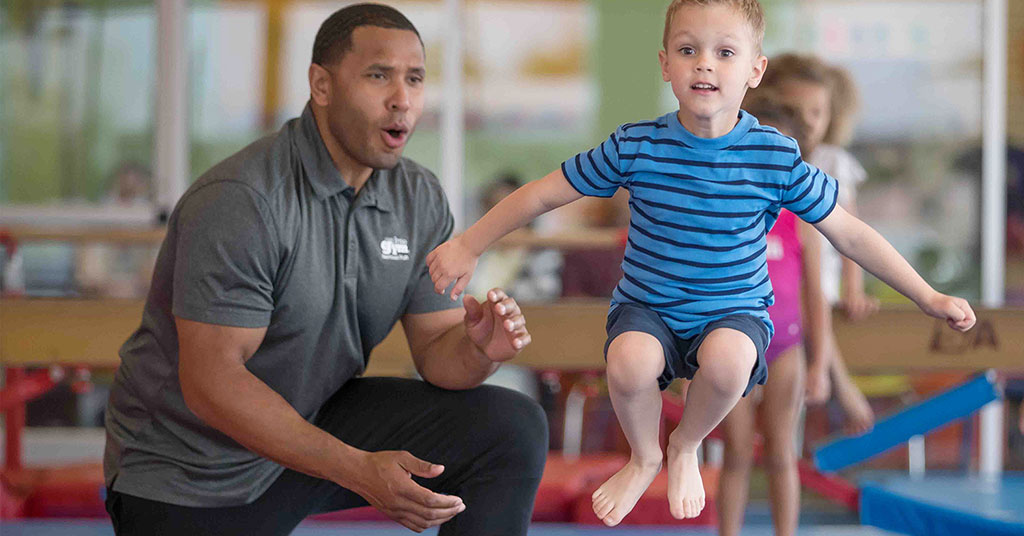Fitness Franchise Options

Market demand for fitness franchises is strong. One out of every five Americans is paying for a gym membership. Finding success as a fitness franchise owner will hinge on finding the business model that works best for you and your community.
While investigating fitness franchises, you’ll quickly notice there is one that meets virtually any need. Below is an overview of some of the most common offerings.
Circuit Training
Circuit training franchises offer members workouts that entail short bursts of resistance exercise using moderate weights and frequent repetitions, followed quickly by another burst of exercise targeting a different muscle group. Typically, a few trainers are on-site to keep members motivated and routines change daily, so members don’t get bored with their workouts.
Yoga, Barre, Mixed Martial Arts, Pilates, and Boot Camps
Since limited equipment is needed for these franchises, they can sometimes be run out of a loft like space as small as 1,300 square feet. Some boot camp style classes, if they use simple equipment such as bands or jump ropes, can be held outside in parks or at inexpensive locations including rented spaces within community centers or churches.
Spin
Stationary bikes are the biggest equipment expense for spin fitness franchises. Many treat members to state-of-the art sound systems and visual stimulation in a dark room while others have simpler settings.
Traditional Gyms
Even though it may seem that the fitness landscape is being dominated by specialized offerings, many people still enjoy doing a traditional gym workout. Traditional gyms are also increasingly incorporating specialized offerings into their mix. Some only feature a variety of machines and weights, while others may also have an indoor swimming pool, aerobics rooms, saunas, hot tubs, a blow dry bar, a juice bar, a massage center, and more. Those that offer bare bones facilities typically charge low monthly fees and bank on members not coming, but continuing to pay their fees. High-end gyms tend to have a spa-like feel when it comes to atmosphere and details such as fluffy towels and luxury shampoos and soaps.
Kids Fitness
With school budget cutbacks resulting in gym being eliminated in some schools and parents knowing the benefits physical exercise offers kids, there is an increasing demand for kids fitness franchises. Some focus on a specific activity such as gymnastics, dance, or soccer, while others offer a variety of options. The benefit of those that focus on a particular type of class is that they provide expert training. The downside, however, is that when the child wants to try other sports, the franchise may lose the customer. Kids fitness franchises that enable children to try different activities in one place tend to keep families enrolled longer.
Fusion Fitness
Several franchises offer members a combination of activities such as spinning, yoga, and barre or boxing and strength training. They, like kids franchises that offer a variety of activities, tend to retain members longer by holding their interest.
Studio vs. Traditional Gym
Most of the options above fall into the “studio” vs. traditional gym category. If you are curious to know more about the key differences between the two categories read on.
- Start-up fees. The initial investment for a children’s yoga franchise can be as low as $7,000 while that of a traditional gym may be several million. These figures include franchise fees and several months of operating expenses as well as training, marketing, equipment, and construction/build-out costs.
- Size. Fitness studios typically range in size from 1,500 to 7,500 square feet. Some traditional gym franchises can have an average size of 30,000-square-feet. Each square foot impacts rent or property taxes.
- Equipment. Studios have few equipment needs unlike traditional gyms that feature a lot of equipment.
- Membership. Many small studio fitness franchise concepts are high-end. Therefore, the fees their members pay are typically higher than those of a traditional gym. This is particularly true with the traditional gyms that charge low monthly dues and bank on members not showing up, but continuing to pay their dues.
- Staffing. Traditional gyms don’t necessarily require more staff. In fact, some 24/7 gyms are designed to run with very limited staff. When it comes to studio staffing requirements, experienced instructors will be required for classes, however, if you are one of the instructors it’s likely the others will be employed part time, at least initially. This will help keep start-up costs down.
Choosing Your Fitness Franchise Model
Identifying the type of fitness franchise opportunity that appeals to you most is an important first step in finding the best one for you. Once you have selected the basic model, you can investigate the franchises that offer opportunities within that specific model and narrow your choices down to those that are most likely to meet your personal and financial objectives. As outlined above, the cost of any franchise you are considering will be impacted by multiple factors including how large of a space is required, how much real estate costs or rents are in your area, the amenities being offered, how much equipment is needed, staffing requirements, royalties, marketing fees, and start-up costs.
Whichever fitness franchise you select, you will have the support of your franchisor and fellow franchisees whose shared goal is for you to be successful. The fitness sector has certainly enabled many to achieve their entrepreneurial dreams.
Share this Feature
Recommended Reading:
| ADVERTISE | SPONSORED CONTENT |
FRANCHISE TOPICS
- Multi-Unit Franchising
- Get Started in Franchising
- Franchise Growth
- Franchise Operations
- Open New Units
- Franchise Leadership
- Franchise Marketing
- Technology
- Franchise Law
- Franchise Awards
- Franchise Rankings
- Franchise Trends
- Franchise Development
- Featured Franchise Stories
| ADVERTISE | SPONSORED CONTENT |

Featured Fitness Opportunities
$500,000
$100,000
$225,000











 The franchise opportunities listed above are not related to or endorsed by Franchising.com or Franchise Update Media Group. We are not engaged in, supporting, or endorsing any specific franchise, business opportunity, company or individual. No statement in this site is to be construed as a recommendation. We encourage prospective franchise buyers to perform extensive due diligence when considering a franchise opportunity.
The franchise opportunities listed above are not related to or endorsed by Franchising.com or Franchise Update Media Group. We are not engaged in, supporting, or endorsing any specific franchise, business opportunity, company or individual. No statement in this site is to be construed as a recommendation. We encourage prospective franchise buyers to perform extensive due diligence when considering a franchise opportunity.